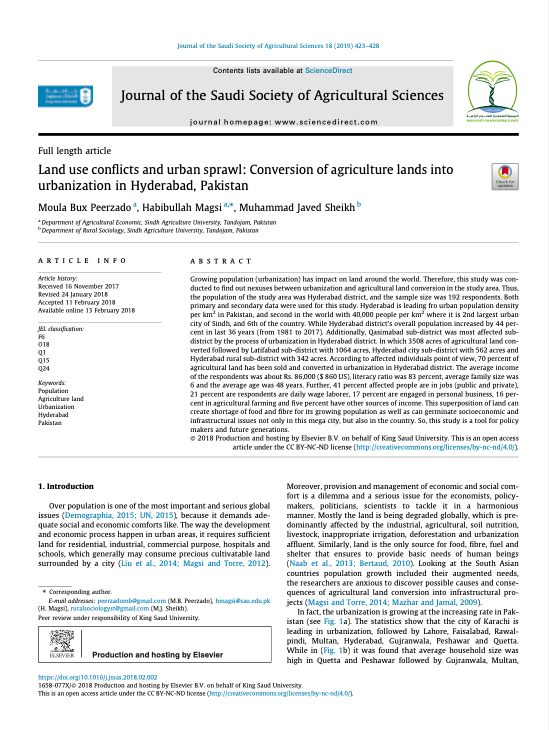Supporting Singapore’s “30-By-30” Food Security Target
ABSTRACTED FROM EXECUTIVE SUMMARY: Singapore’s present status of importing over 90 per cent of its domestic food consumption needs is a result of the city-state’s deliberate industrialisation policy to transform from third world to first over the past decades, reducing the farmlands for food production from about 15,000 hectares in the 1960s to about 600 hectares today to make room for higher value-adding industries.





